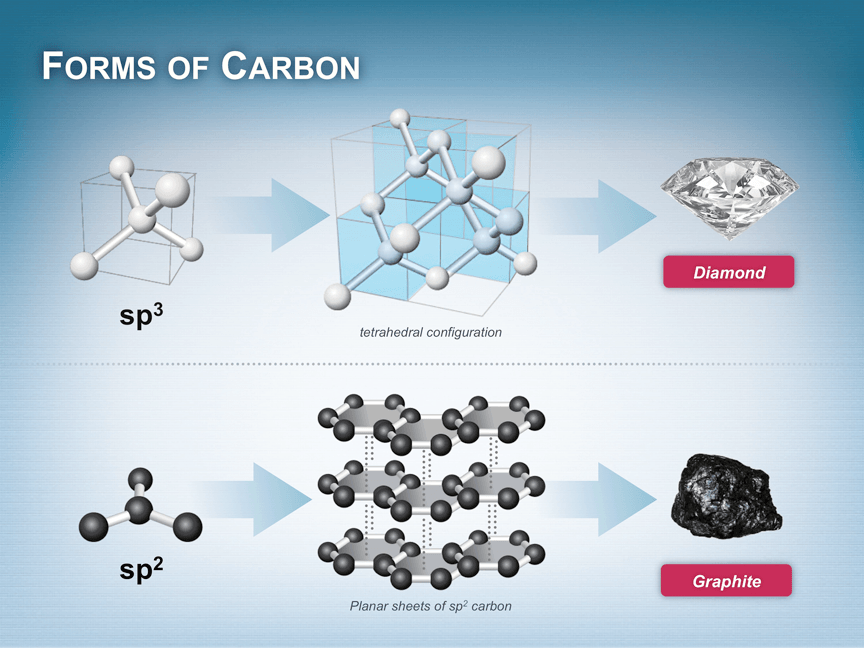Thinking In Pictures
 It has been long recognized that visual representations greatly enhance our ability to remember and recall information. In fact, the dominance of the visual sense is the most important principle of the Art of Memory.
It has been long recognized that visual representations greatly enhance our ability to remember and recall information. In fact, the dominance of the visual sense is the most important principle of the Art of Memory.
Perhaps Aristotle said it best, “The soul never thinks without a picture.” (De Anima)
If one hears “red brick house, 4 windows, stoop with three steps” an image begins to form in the brain, essentially streamlining the words heard into one cohesive picture. The brain is doing some work here to make information easier to remember.
When presenting information to an audience the goal is to not only engage your audience but to make your arguments or data memorable. Don’t make your audience do more work than they need to, because, as all presenters know… they wont.
Why not help the brain out and make the information as easy to remember as possible? Do the work of the brain, so you’re not relying on disinterested brains to take that extra step. Show your audience illustrations, icons and diagrams that they can associate with the information presented.
For instance, a scientist tasked with explaining the similarities and differences between diamonds and graphite to laypeople might offer a confusing explanation of molecular structure, carbon and tetrahedral formations. The audience, unfamiliar with the terms and thus unable to streamline the information into a cohesive visual idea, will likely discard the information. The scientist has just failed his task, when instead, he could have offered a simple diagram to increase the audience’s retention.
 This slide, constructed for a patent hearing, shows the molecular structure and bonding configurations of sp2 and sp3 carbon, and then ties that information to the end product, something familiar to the layperson. Suddenly, the scientist’s task is easier and the audience has a visual aid to both understand and remember just what this scientist is trying to explain.
This slide, constructed for a patent hearing, shows the molecular structure and bonding configurations of sp2 and sp3 carbon, and then ties that information to the end product, something familiar to the layperson. Suddenly, the scientist’s task is easier and the audience has a visual aid to both understand and remember just what this scientist is trying to explain.
When presenting, its critical to use your slides to give the audience all the visual cues and imagery they need to be able to quickly comprehend and file away the information for future recall.
Like Confucius said, “I hear and I forget. I see and I remember.”






Leave A Comment
You must be logged in to post a comment.